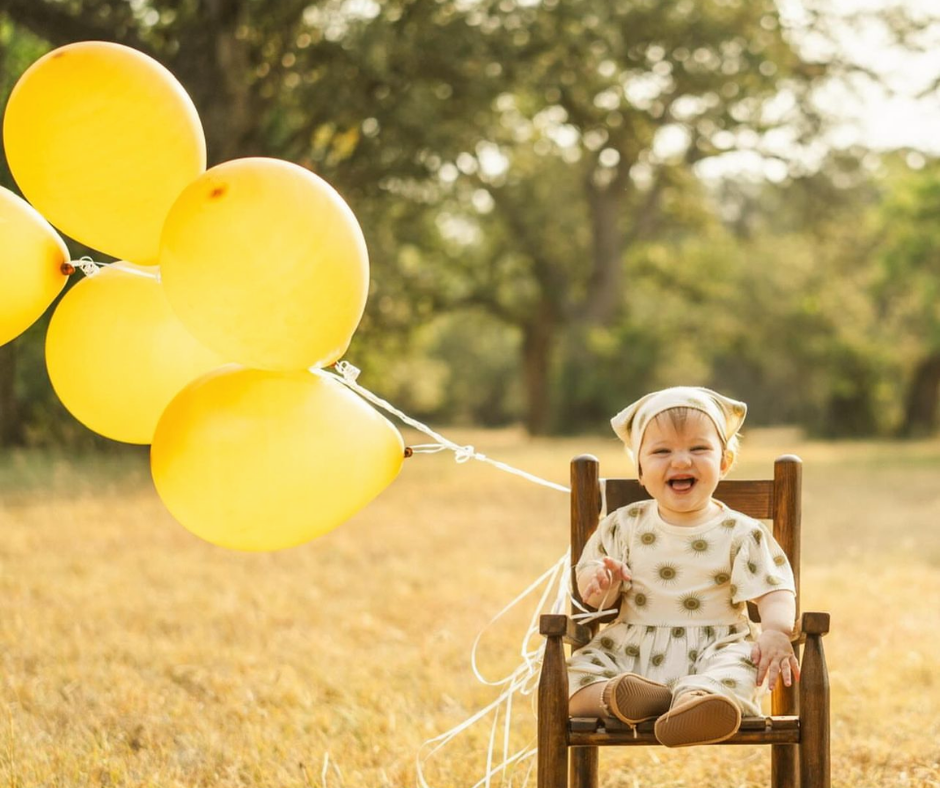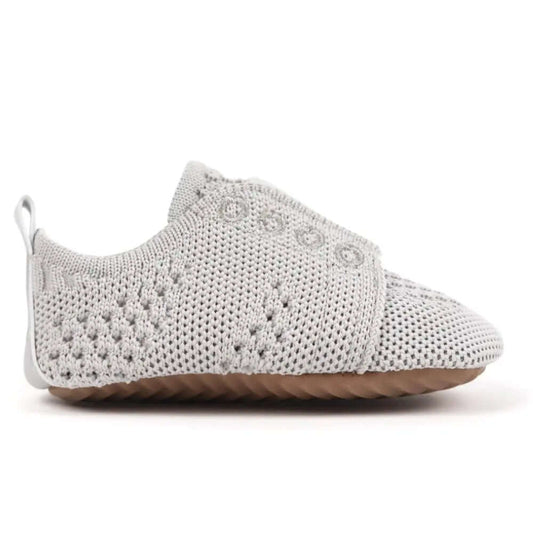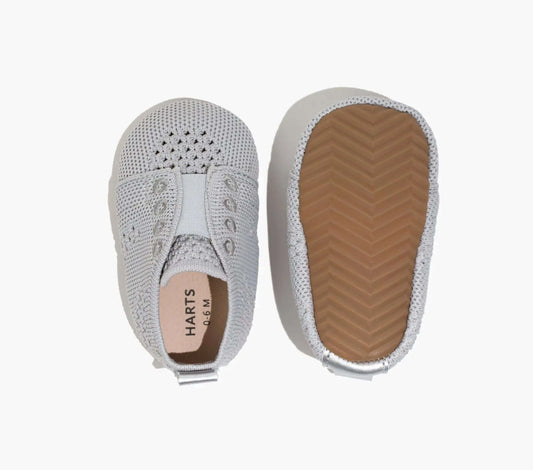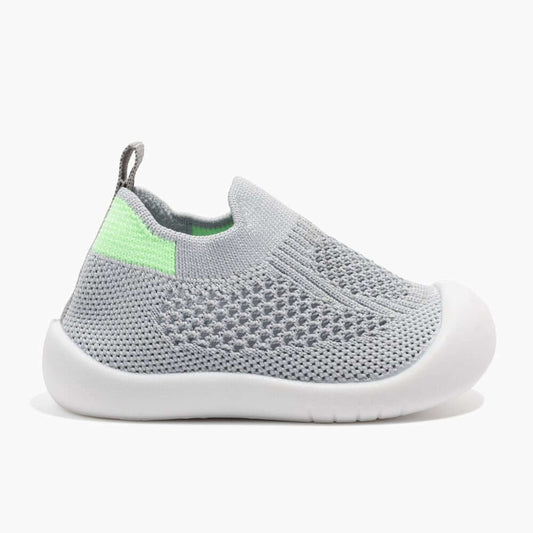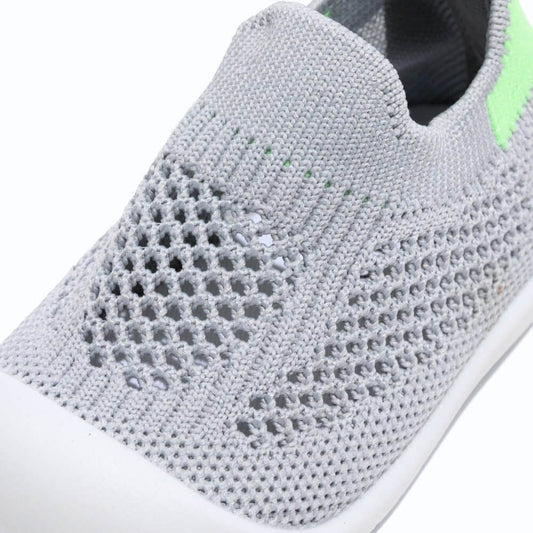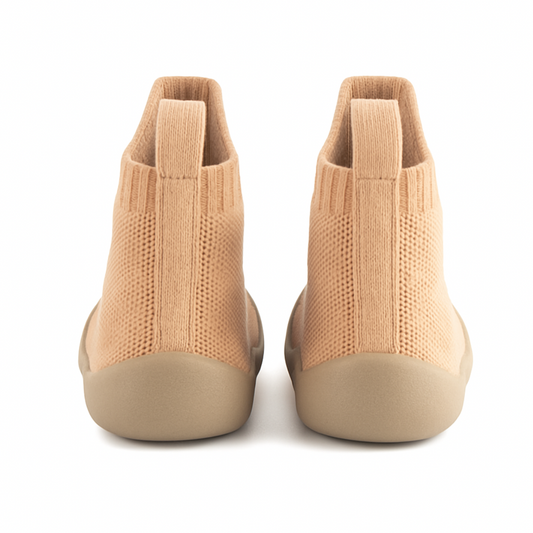
What Are the Types of Baby Shoes? A Comprehensive Guide for Parents
Choosing the right baby shoes can be an exciting yet overwhelming task for new parents. With so many different types, it's essential to understand which shoes are best for your baby at each stage of development. From newborn booties to first walking shoes, the right footwear can support your baby’s foot health while encouraging proper movement. In this guide, we’ll break down the various types of baby shoes, including the innovative HARTS Barefoot First Walkers, to help you make an informed decision.
1. Infant Shoes: A Soft Start for Newborns
When your baby is born, their feet are still soft and developing, so the focus should be on comfort and warmth rather than support for walking. Newborn baby shoes or baby booties are usually made from soft, cozy materials like cotton, fleece, or knit fabric, keeping your baby’s feet warm and protected. These shoes are not meant to provide any support for walking but instead serve to keep tiny feet snug during the early months.
For indoor wear, baby slippers are a popular choice as they’re soft and lightweight, ideal for babies who are still in the early stages of development.
2. Pre-Walker Shoes: Preparing for the Crawl
As your baby begins to crawl, it’s time to think about shoes that provide protection while still allowing freedom of movement. Pre-walker shoes are designed to be soft, flexible, and lightweight, allowing your baby’s feet to move naturally. They’re often made from soft leather or fabric and come in designs like baby moccasins or baby slip-ons, which are easy to put on and take off.
At this stage, shoes should be soft-soled, often referred to as soft sole baby shoes, which protect your baby’s feet without restricting their ability to move. These shoes are ideal for babies who are crawling and starting to pull themselves up to stand.
3. First Walking Shoes: Embrace Natural Movement with HARTS Barefoot First Walkers
Once your baby starts to stand and take their first steps, it's time to invest in first walking shoes that provide support but still allow for natural movement. Many parents are turning to HARTS Barefoot First Walkers, an innovative shoe designed to promote healthy foot development while encouraging your baby to move as naturally as possible. These shoes are specifically crafted to mimic the sensation of walking barefoot, with a flexible sole that moves with your baby’s foot.
HARTS Barefoot First Walkers feature lightweight, breathable materials and a soft, flexible rubber sole that allows your baby to feel the ground beneath them, providing stability without compromising foot movement. The non-slip soles provide extra traction to prevent slips as your baby begins to navigate the world on their own.
Choosing barefoot-inspired shoes like HARTS can help foster proper foot development by encouraging the natural arch, toe splay, and muscle strengthening that comes with walking barefoot—while still offering the necessary protection from rough or cold surfaces.
4. Toddler Shoes: Support for Active Little Feet
As your toddler becomes more confident in walking, running, and jumping, it’s time to upgrade to shoes that offer more structure and support. Toddler shoes are built to keep up with active little ones and come in a variety of styles including baby sneakers, baby sandals, and baby boots.
When choosing toddler shoes, look for features like adjustable closures such as Velcro baby shoes or laced baby shoes to ensure a secure fit. Comfort is key, so make sure the shoes are breathable and lightweight—mesh baby shoes or cotton baby shoes are great options for keeping little feet cool and comfortable. Non-slip baby shoes are also important to help toddlers stay steady as they explore their environment.
5. Baby Boots and Winter Shoes: Warmth and Protection for Cold Weather
During the colder months, your baby will need extra warmth and protection for their feet. Baby boots and winter baby shoes come in a range of styles to keep your little one’s feet cozy, dry, and warm. Whether you’re looking for baby snow boots for snowy days or waterproof baby shoes for rainy weather, there are plenty of options designed to protect against the elements.
Look for boots with insulated linings like faux fur or fleece to keep tiny feet warm. Adjustable baby shoes with Velcro or snap closures are also great for ensuring the boots stay securely in place during playtime. For extra traction, make sure the boots have non-slip soles to prevent slipping on icy or wet surfaces.
6. Summer Shoes: Comfort and Ventilation for Warm Days
During the warmer months, your baby’s feet need shoes that are breathable and comfortable. Summer baby shoes like baby sandals or baby water shoes are perfect for keeping little feet cool. Baby sandals often have open-toe designs that allow air to circulate and prevent overheating, while water shoes for babies are perfect for splashing in the pool or walking on the beach.
For active toddlers, choose non-slip baby shoes with soft rubber soles that offer both comfort and stability. Look for designs that are easy to slip on and off, such as slip-on baby shoes, for added convenience.
7. Specialty Shoes for Specific Needs
Some babies may have specific foot development needs that require specialty shoes. Orthopedic baby shoes are designed to support babies with foot conditions such as flat feet or pronation. These shoes often feature extra arch support, cushioning, and a wider base to ensure proper alignment.
If your baby is learning to walk, you might also consider anti-shock baby shoes, which provide extra cushioning and support to absorb the impact of walking. Flexible baby shoes, like those from the HARTS Barefoot First Walkers line, help encourage natural foot movement while offering essential protection.
Conclusion: Choosing the Right Baby Shoes for Every Stage
Choosing the right shoes for your baby is about more than just fashion—it’s about ensuring proper foot development and comfort at every stage. From the soft and cozy baby booties for newborns to the flexible HARTS Barefoot First Walkers for first steps, each type of baby shoe has its purpose. As your child grows, their shoes will evolve to meet the needs of their developing feet, offering support, protection, and comfort as they explore the world.
Remember, a good pair of shoes for your baby should be flexible, breathable, and supportive. Whether you're looking for non-slip baby shoes for a crawling infant or sturdy baby boots for winter, make sure to choose footwear that allows for natural movement and helps promote healthy foot development.
Happy shoe shopping, and here's to many more steps in the right direction!
